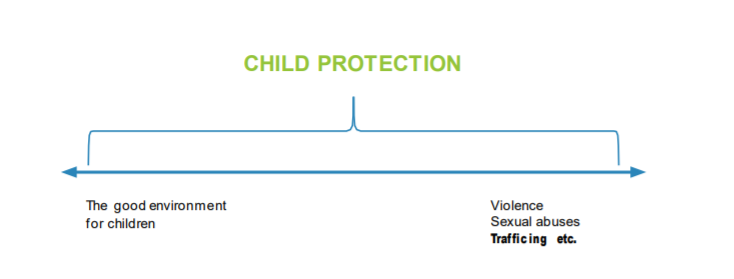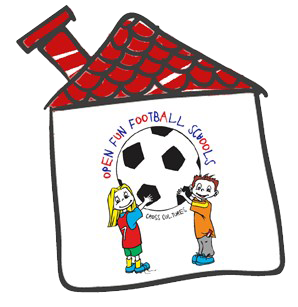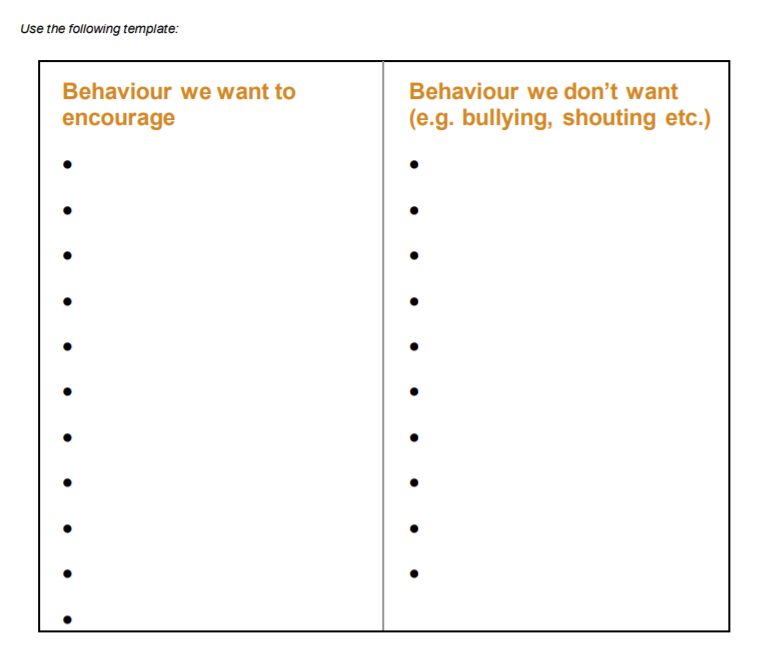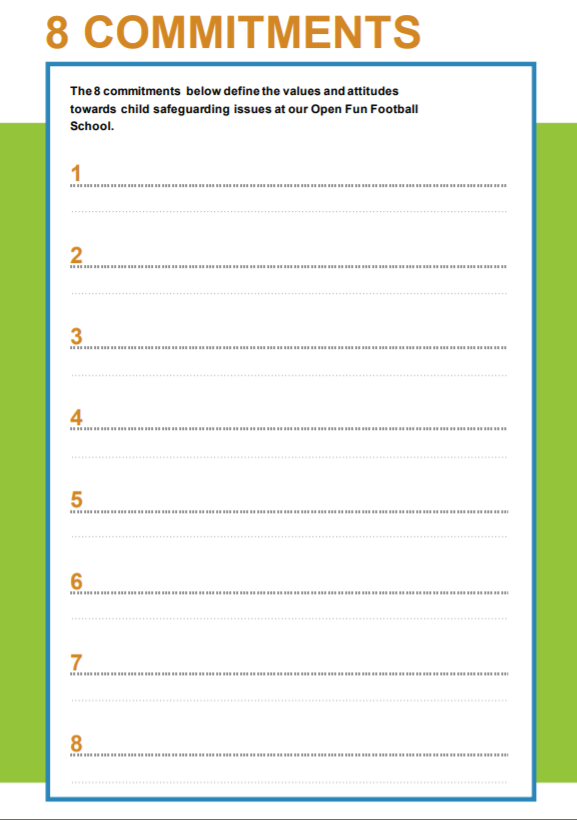Club guidelines
Child ProTection
Club Guidelines
(60 Minutes)
Many football and sport associations are approaching the child protection issues by developing a national code of conduct, a set of common guidelines. However, we know by experience that people on the ground does not always feel ownership and pay sufficient attention to these national conducts because they are often decided to far away from their daily context.
Moreover, a relevant code of conduct in a swimming or gymnastic club must obviously differ from the code of conduct in an ice hockey or football club. Likewise, there are cultural differences from Denmark to a refugee camp for Syrian refugees living in Lebanon.
Therefore, the best preventive approach to the child protection topics is to facilitate a platform where it is possible for leaders, coaches and other stakeholders to talk openly about the risk and risk behaviour. First and foremost because we want to prevent children participating in Open Fun Football Schools experience any kind of abuse or neglect, be it verbal, social or physical. Furthermore, open discussions and clear commitments can also provide helpful guidance for leaders and coaches in their daily interaction with children and it can help us by providing us with credibility and trust among the children and their parents.
And moreover, it is important to have some clear guidelines on how to act should we learn about any abuse and/or neglects of our children: (a) We talk about it, (b) We notify our organisation and (c) We notify relevant authorities.
Therefore, this workshop is about discussing relevant safeguarding issues and facilitate a process that helps the leaders and coaches on the individual Open Fun Football School to develop their own safeguarding commitments

Instruction:
At the Open Fun Football Schools child protection spans from creating a good and safe environment for children where they can thrive, prosper and develop, to the protection from, and prevention of, violence, neglect, sexual or physical abuse, trafficking etc. In between these two outer poles, there are a number of other issues and factors, which are which are also relevant issues to Open Fun Football Schools. These are for example:
- How do we communicate with the children?
- How do we (and the children among themselves) communicate on social media?
- What kind of pictures do we share with the children?
- Do we see children that are vulnerable due to social, economic or other factors?
- Do we suspect or see children being bullied?
- Do we see signs of distress or risk behaviour?
- Do we see signs of maltreatment or abuse?
Objective:
To develop a set of common commitments in relation to safeguarding children at our Open Fun Football Schools.
The 8 club commitments must build on the results from the workshop below:
Organisation:
The participants are divided into groups so that all leaders and coaches from the individual Open Fun Football School are together.

Instruction:
Step 1: (20 minutes)
Look at the 20 Safeguarding cards
Discuss the meaning of each card, and choose the 4 cards you consider most important at your Open Fun Football School.
NB: All rights are equal, but some are more relevant to your Open Fun Football School
Step 2: (20 minutes)
For each of the chosen safeguarding cards please discuss your commitment in relation to relevant risk areas:
- Club house: How do we behave in front of children at our club house?
- Transport: How do we drive with children (smoking, alcohol, safe belts, speed etc.)
- Locker rooms: How do we enter the locker rooms?)
- Photos: What pictures can we share on social media and what pictures cannot be shared
- Communication and bullying: How do we communicate with each other on social media
- Physical activities: How do we touch the children doing physical activities?
- Visits: Can coaches vist children and vis-a-vis?


